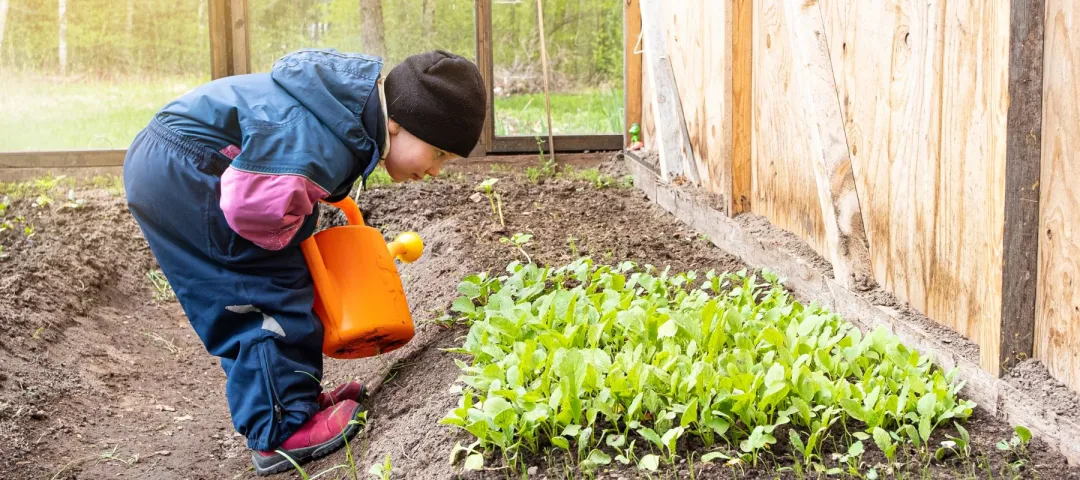Bringing the EU to the kitchen table: communicating LEADER
Rural development tools like LEADER are more than funding mechanisms - they are bridges between the European Union and citizens. Effective communication can bring the EU to the kitchen table!

In an age of rising Euroscepticism and political polarisation, rural development tools like LEADER are more than funding mechanisms - they are bridges between the European Union and citizens. Yet, how often does the ‘person in the street’ realise that a new playground, a job creation scheme, or a community centre has EU roots? This is where effective communication steps in, bringing the EU to the kitchen table.
“People need to see how Europe is present in their everyday life,” says Erja Simuna, International Affairs Coordinator of Finnish LAG Leader Nouseva Rannikkoseutu. “It is easier to talk about the European dimension when it actually affects your life: for some, it may be funding from an EU programme; for others, it’s working with people from other European countries.”

“We too are EU decision-makers”
A recent powerful example comes from Finland’s “We too are EU decision-makers” campaign (“Mekin olemme EU-päättäjiä”), launched ahead of the 2024 European Parliament elections. Led by the Finnish Ministry of Agriculture and Forestry and supported by all 53 LAGs across the country, the campaign showcased locals who serve on LAG boards, the real people making the decisions on how to use EU funding in their communities.
“The boards of the 53 LEADER groups in Finland have around one thousand active decision-makers who select projects that develop their area,” explains Laura Jänis, Senior Specialist at the Ministry. “Decisions are made by the locals- your neighbour might be one of them.”
The campaign was launched a month before the European elections and ran between May and June 2024. It used simple visuals, social media posts, and relatable testimonials. While initial feedback showed some confusion between local and EU election candidates, this too sparked conversation. “It opened the door for telling people about the EU,” Erja notes. “Involving local people ensures relevance and genuine engagement. The message hits home better when coming from someone you can relate to.”
Rather than presenting statistics or jargon, the campaign focused on people - the faces and stories of everyday citizens taking meaningful local decisions. To reach these citizens directly, it ran on Facebook and Instagram - platforms considered closer to “real people” than professional-focused networks such as LinkedIn, for example. “It was about putting people first and showing what participation in local governance looks like,” Laura adds. “The strongest messages came from genuine stories, not from data.”
The campaign was so well-received that Finnish LAGs launched a second edition for Europe Day 2025, using the hashtags #landsbygdsfinansiering and #Eurooppapäivä. This time, they blended powerful personal narratives with insights from a national survey, highlighting not just who makes the decisions, but how those decisions shape communities. The internal survey, run by the Ministry to find out about governance within the LAGs, noted that 88% of LEADER board members feel that serving on a board is a meaningful way to make an impact. It is a reminder that participation in local governance is not just a duty: it is an opportunity to shape the future close to home.
Keep the conversation going
As discussions around the future of rural funding unfold, the question remains: can we make this a Europe-wide campaign all year long? Rural areas deserve more than being talked to at election time. Perhaps it’s a shared responsibility for all of us working for rural areas in government offices, national networks, LEADER Local Action Groups, community organisations, local businesses, youth clubs, and others- to keep the conversation going all year long, from Brussels to the kitchen table.
So how do we do it? Start with stories people can understand and relate to. Use simple and clear language and visuals. Show people that ‘Europe’ is not so far away – it might just be their neighbour.